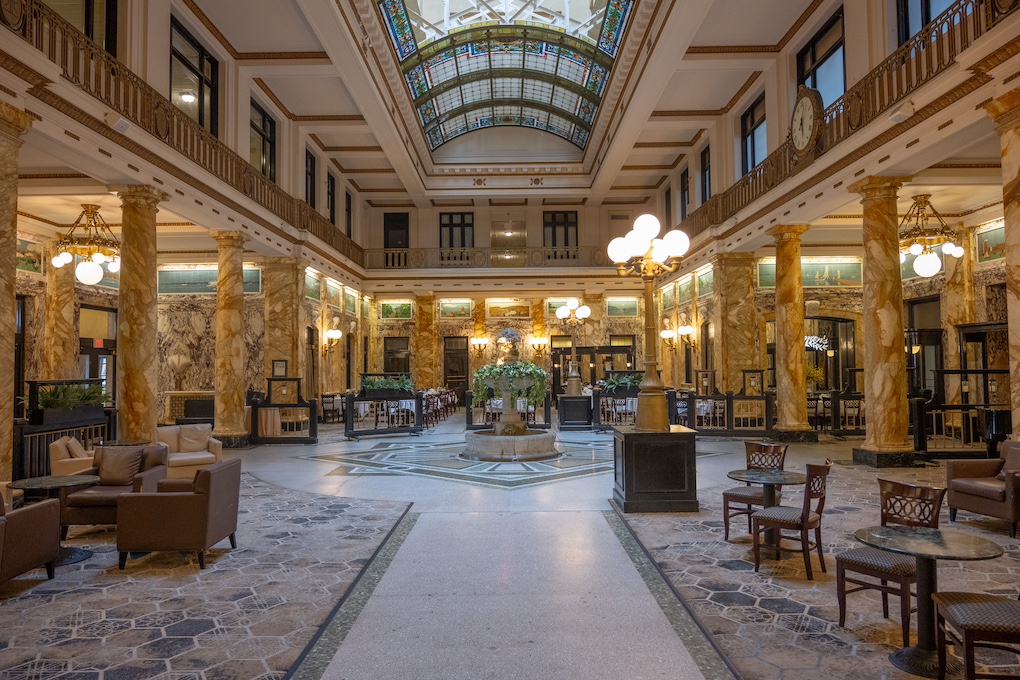
This summer, my wife Kris and I took a three-day railroad-themed mini-vacation to Scranton, Pa. This fascinating place is a wonderful way to experience history. Scranton is a complex, layered city with many fascinating elements of railroading to explore and enjoy, but you need to take the time to seek it out — both at rail level and below-ground.
The city was built and prospered on the mining and transportation of anthracite coal in the late 19th and early 20th centuries. It was the nucleus of the Delaware, Lackawanna & Western Railroad which, by the dawn of the 20th century, was among the richest of American railroads. Yet, DL&W was only one of eight railroads that blanketed the coal-rich Lackawanna Valley. The name ‘Lackawanna’ is derived from the native Lanape language and, translated, means ‘forking river’. While railroad enthusiasts associate this name with DL&W and its ill-fated merger with Erie in 1960 that created Erie Lackawanna, in Scranton — which is located in Lackawanna County — the name is a household word and associated with many institutions throughout the valley.
We stayed at the Radisson Lackawanna Station Hotel, the beautifully restored former DL&W main passenger station situated on the eastside of downtown. This architectural gem was designed in the neoclassical Beaux-Arts French-Renaissance style by Kenneth Murchison and constructed in 1908. The Station Hotel is a testimony to the magnificence of the Golden Age of American rail travel. When you step inside you’re transported back in time to the thrill and elegance of classic long distance rail travel. We stayed on the sixth floor (which was added to the original structure in the 1920s) in a room behind the immense clock that faces the street. I was pleased to see a large David Plowden print of his famous atmospheric image of steam-heated passenger train boarding at the station in the 1960s.
Although this was my first stay in this hotel, I have visited Scranton many times over the years. My first was in 1981 on a Pennsylvania vacation; my dad brought us to the once-busy station, only to find it was a ruined shadow of its former greatness and ironically symbolic of the dilapidated state of old DL&W. The multiple-tracks in front of the station once hosted 60 or more daily freight and passenger trains but with decline of anthracite traffic after the 1920s, the railroad and its successors suffered myriad financial problems. Passenger service ended before Amtrak, EL was melded into Conrail, and by 1980 surviving vestiges of DL&W east of Scranton no longer served as a through route.
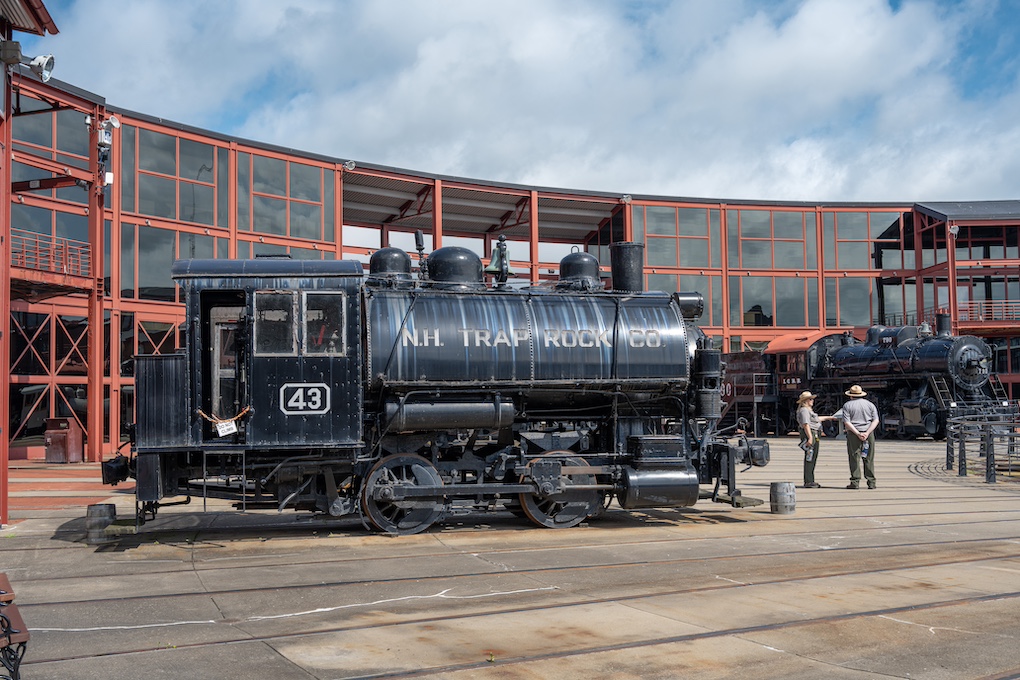
The tide turned for Scranton’s railroad heritage in the mid-1980s, when Vermont’s Steamtown collection was relocated from Bellows Falls to Scranton’s former DL&W Shop complex. Today, the Steamtown National Historic Site is run by the National Park Service and offers a wonderful interpretive museum. This delineates American railroading, telling the story of railroads in Pennsylvania and the importance of the DL&W to Scranton. Centered on an old roundhouse, Steamtown offers visitors a safe, sanitized venue to learn and explore steam and diesel locomotives and freight cars from many railroads, including the DL&W. Peak season, Steamtown is open from 9:30 a.m. to 5 p.m. and admission is free.
Scranton is known as The Electric City because of its pioneering use of electric streetcars in the 1880s. The Electric City Trolley Museum is located on the Steamtown grounds, but is run separately from the Park Service site. It has preserved a variety of electric vehicles and features its own museum. This runs trips on a portion of the old Laurel Line electric interurban. Opening hours are limited, see their website for details.
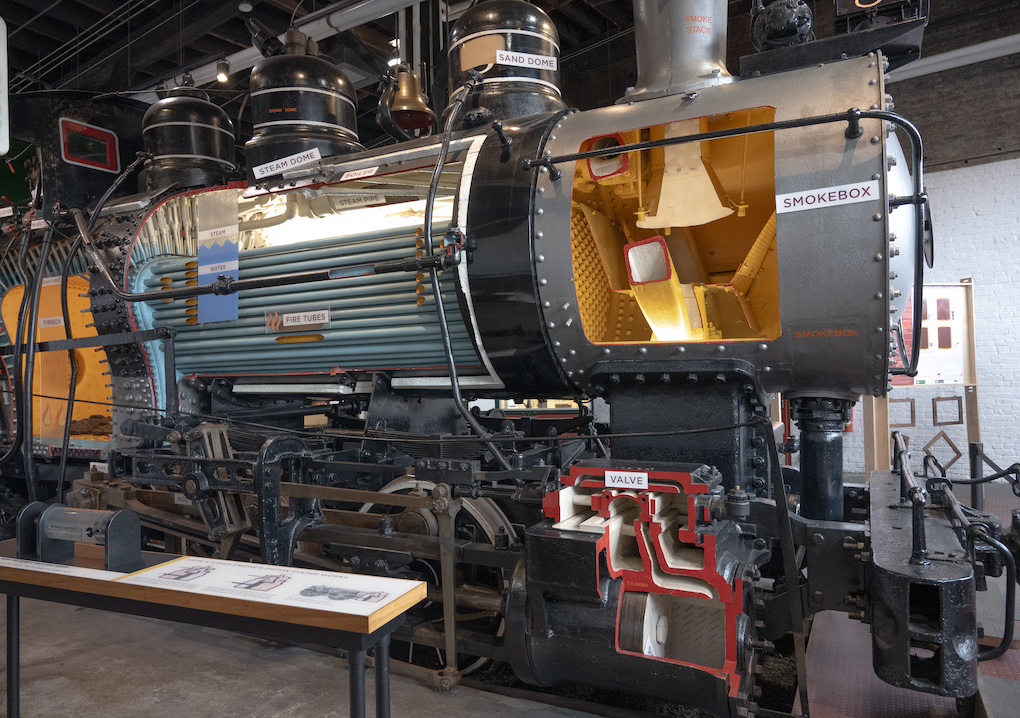
Across the former DL&W yard from the Steamtown Site is The Market Place at Steamtown, a multi-level shopping mall. It includes a theater and the excellent Electric City Aquarium (with an electric eel among its many aquatic residents). An elevated open walkway between the mall and the Steamtown site offers an excellent place to photograph the historic railroad equipment and the occasional passing freights operated by Genesee Valley Transportation’s Delaware-Lackawanna short line — famous for its well-maintained vintage Alco diesels.
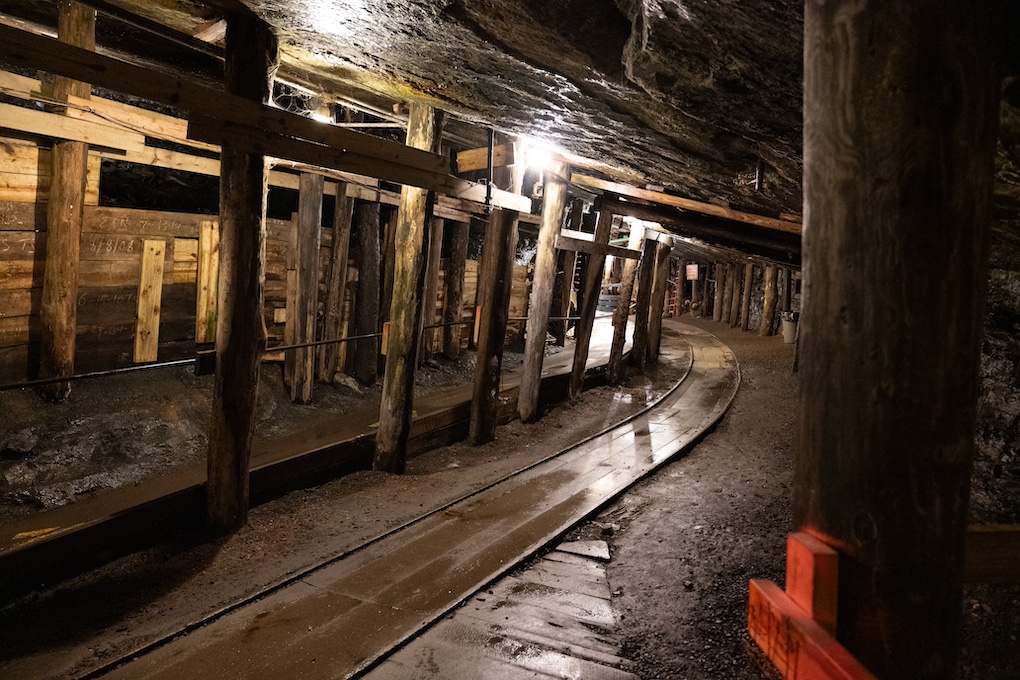
The highlight of our visit was the Lackawanna Coal Mine Tour. We arrived at opening time, 10 a.m., bought our tickets, watched a film about the trials and suffering facing coal miners more than a century ago, then boarded a cable-hauled railcar that lowered us deep into the old anthracite mine. Once underground, our guide John led us on an extensive walking tour.
The mine tour is an incredible experience, and key to understanding the development of Scranton’s railroads. When you buy your tickets, you sign a release because, although inactive for almost 60 years, this mine is the real deal. Underground, you’ll follow the tracks through tunnels, where you can see an old electric mining locomotive, and trace many coal seams and tunnels into the inky blackness that hint at the extensive network below Scranton carved out by generations of miners. Mine tours are available, Thursdays-Sundays between April and November.






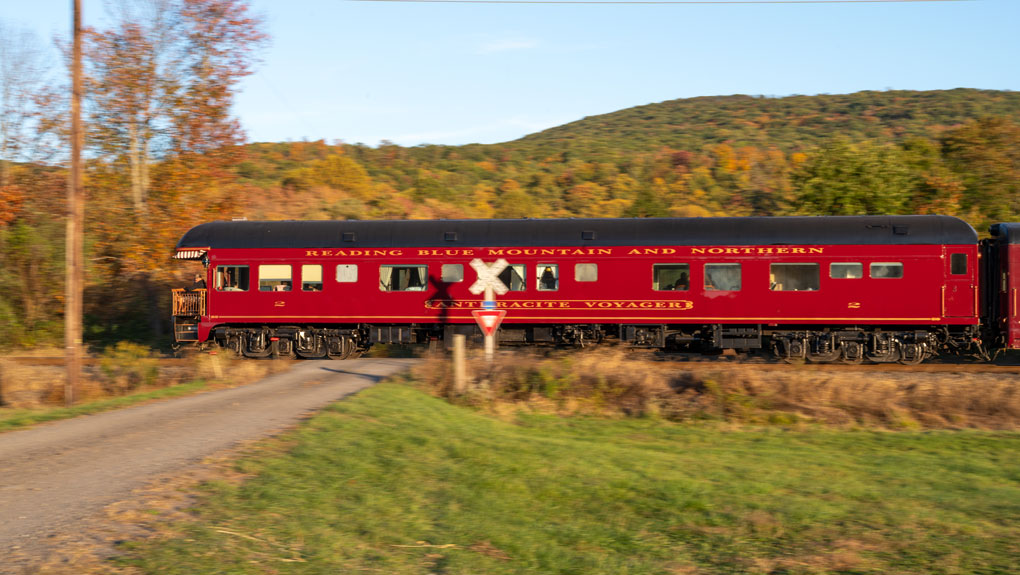
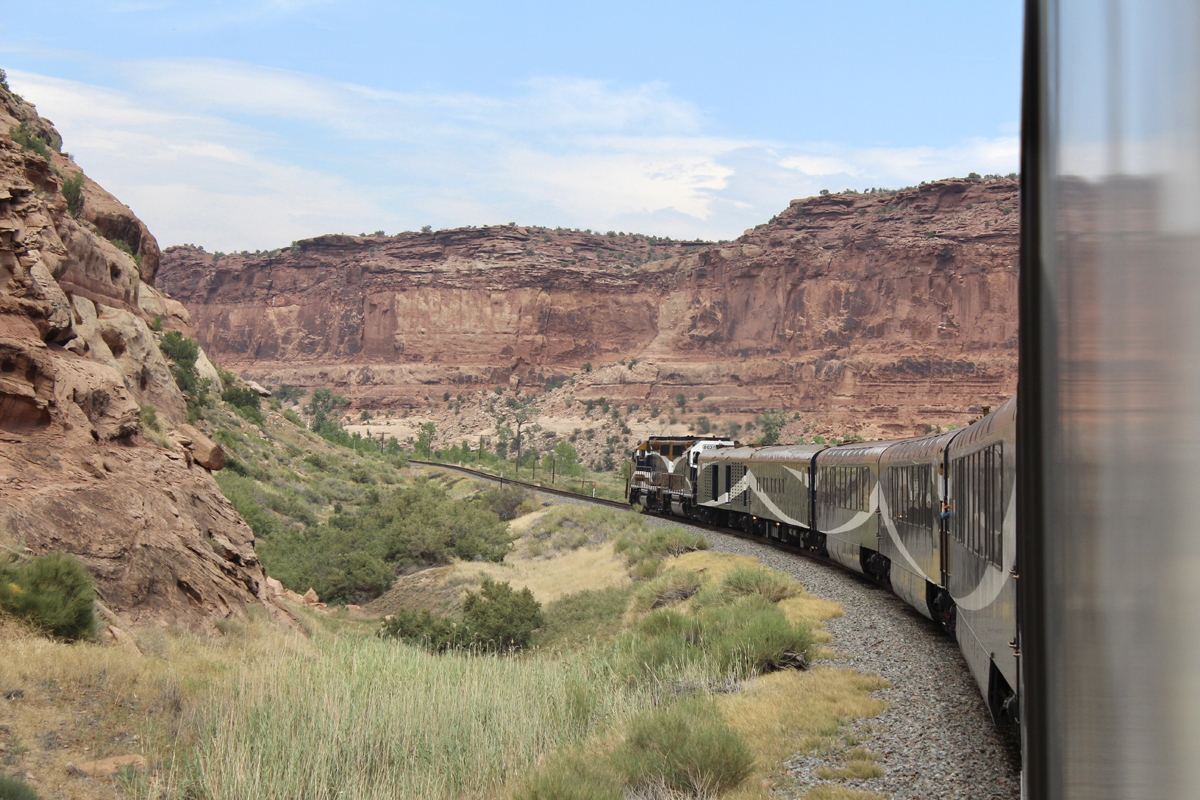
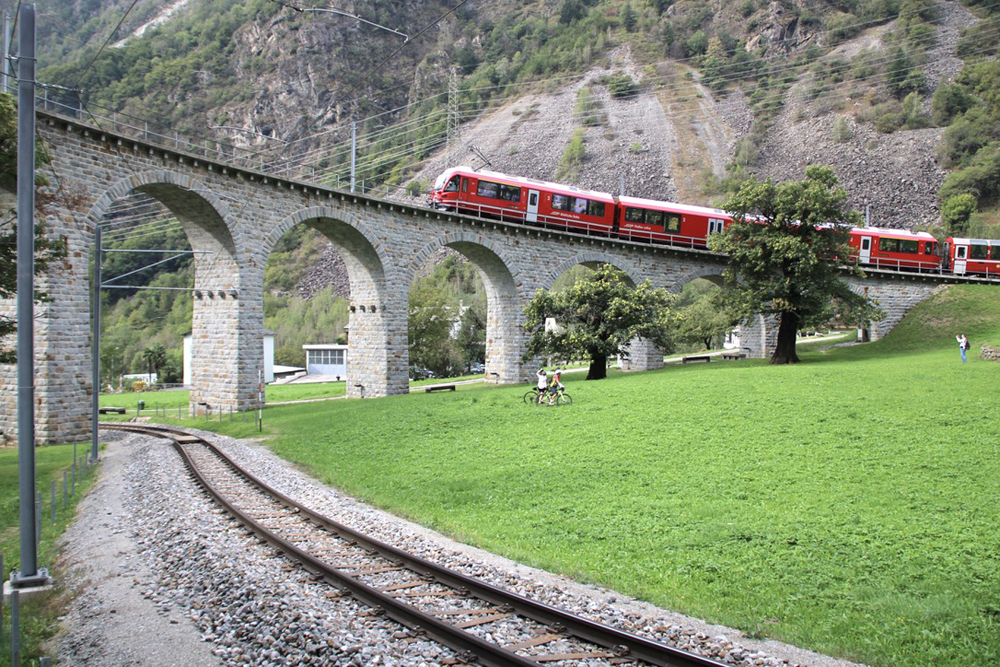
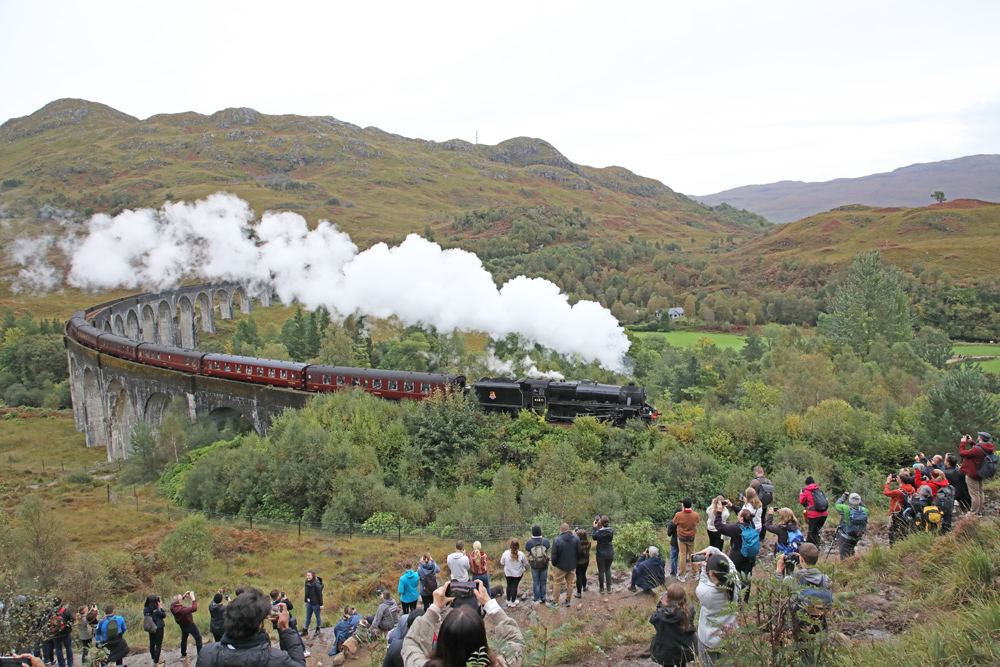
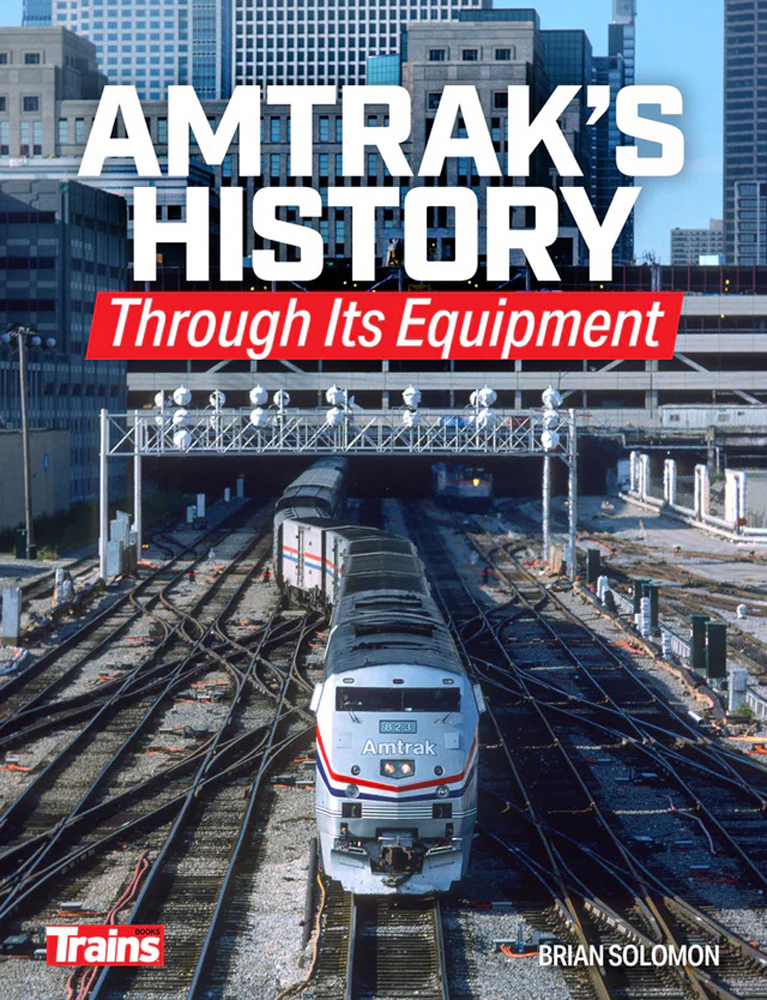
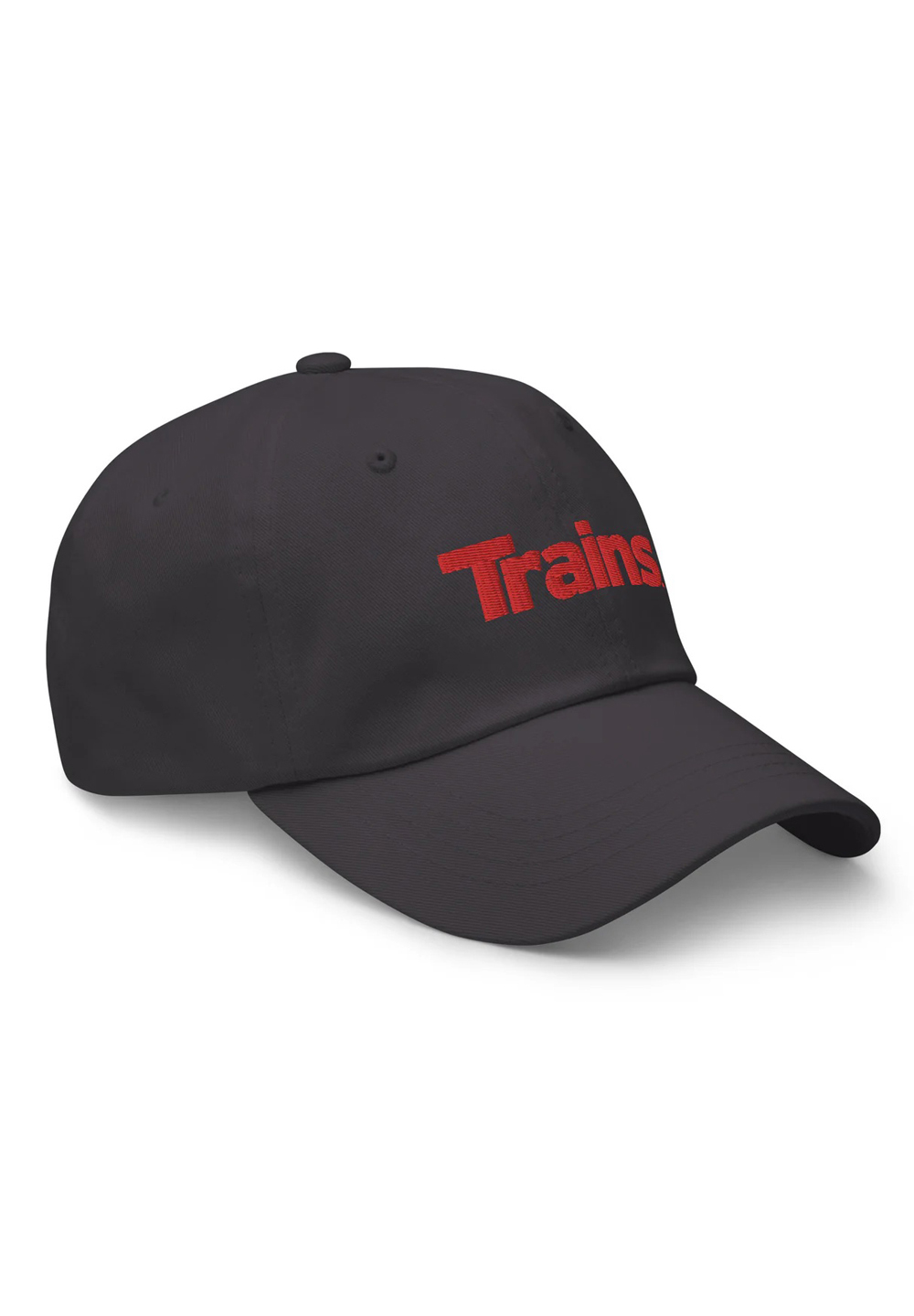
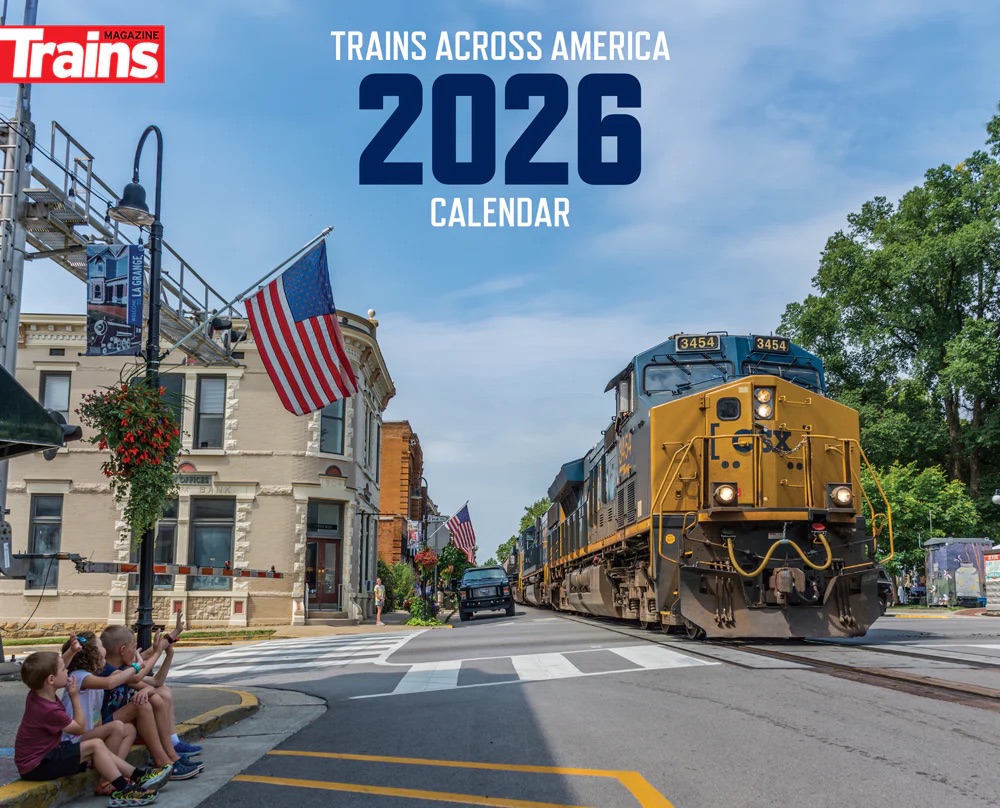
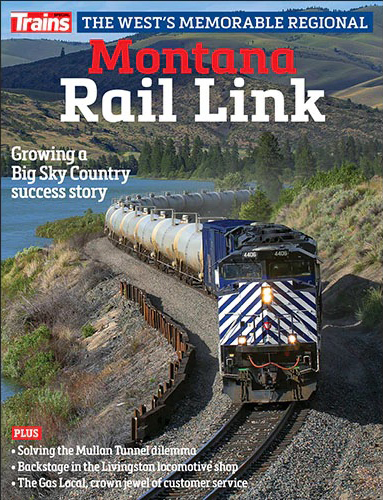
Even if you’re in Scranton-PA on business, make sure you go visit the amazing Steamtown National Historic Site!